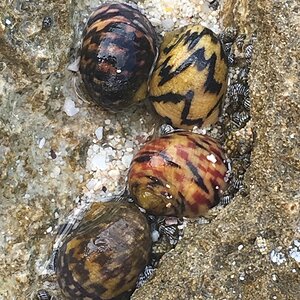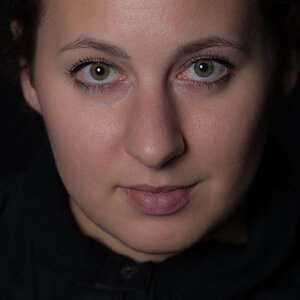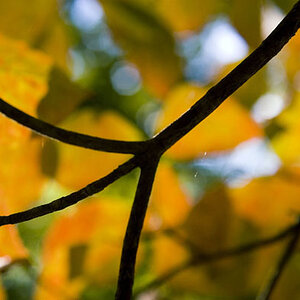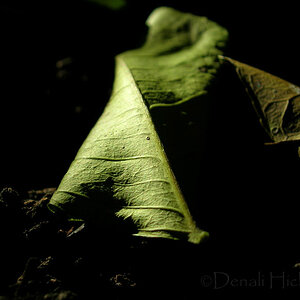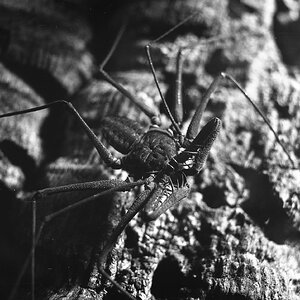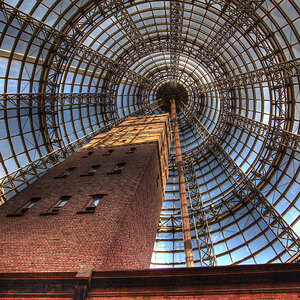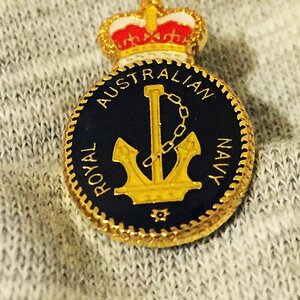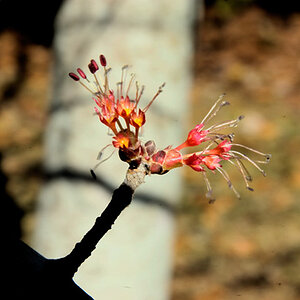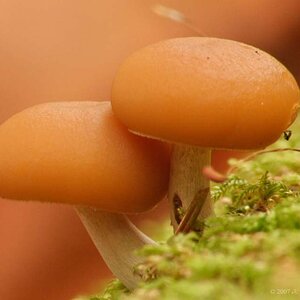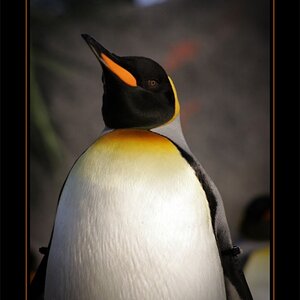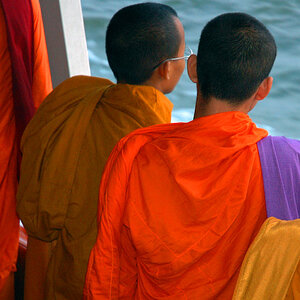MHB
TPF Noob!
- Joined
- Aug 18, 2012
- Messages
- 48
- Reaction score
- 0
- Location
- north MS
- Can others edit my Photos
- Photos NOT OK to edit
Im pretty ignorant when it comes to white balance. I always just used auto but now Im starting to see that its not all that great for every occasion. what white balance do I need to use if Im going to fix the raw file with a grey card in post? does it matter at all? by the way Im using flash and am doing indoor and outdoor photos if that makes any difference. thanks!


